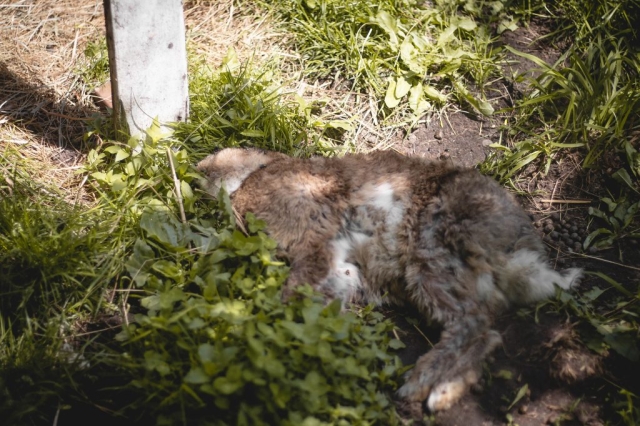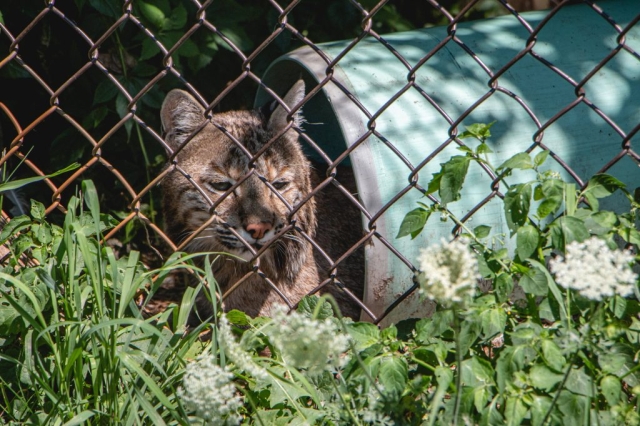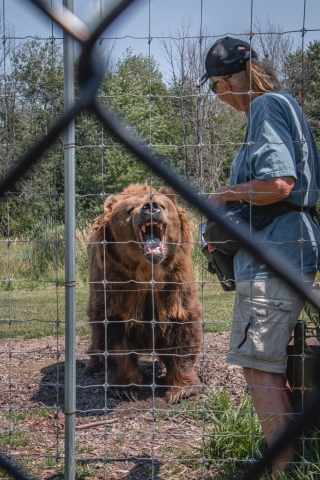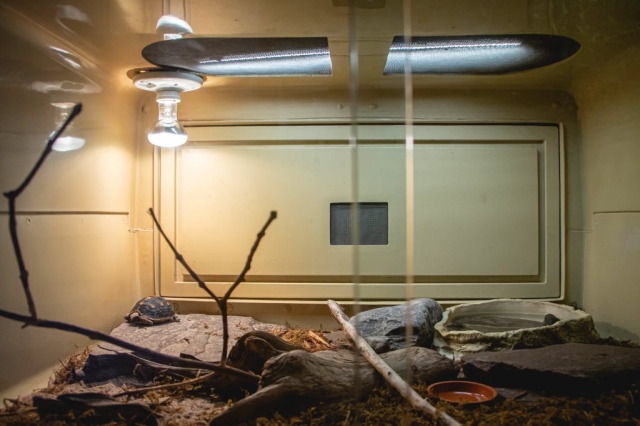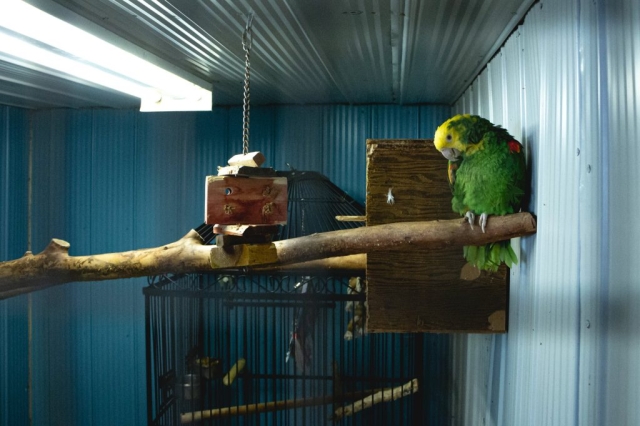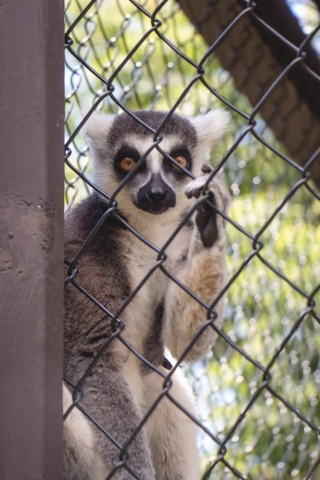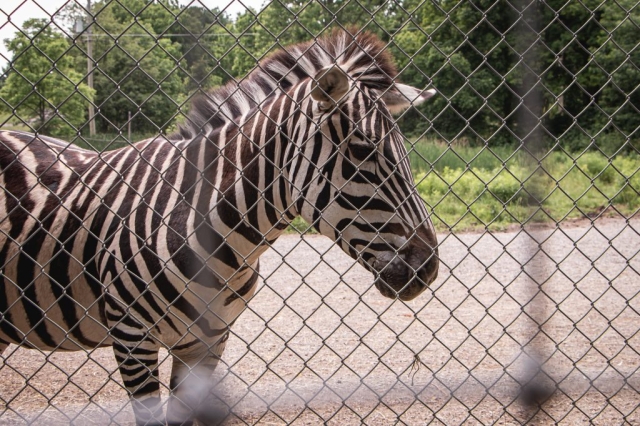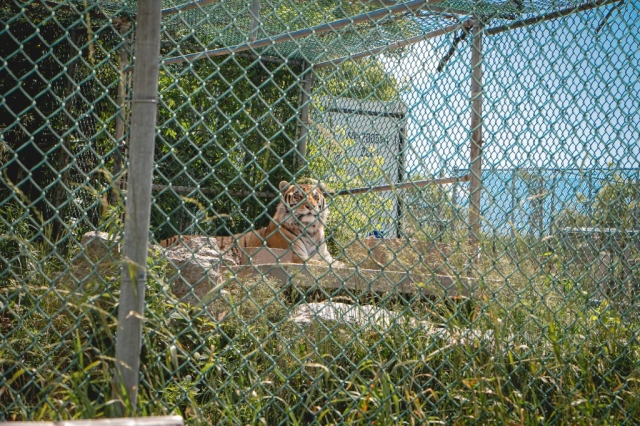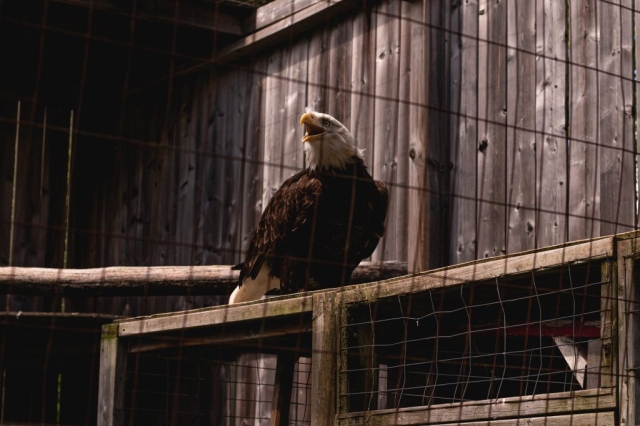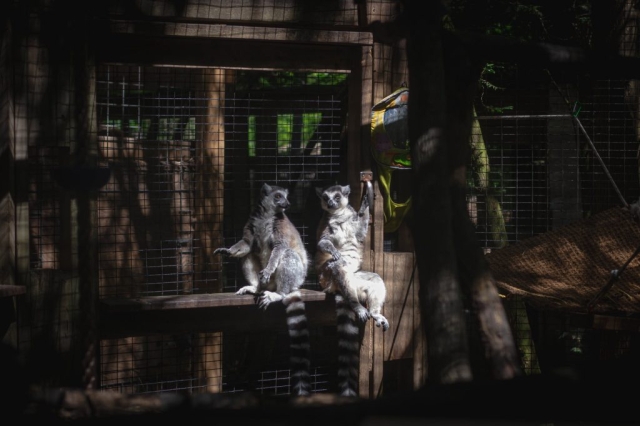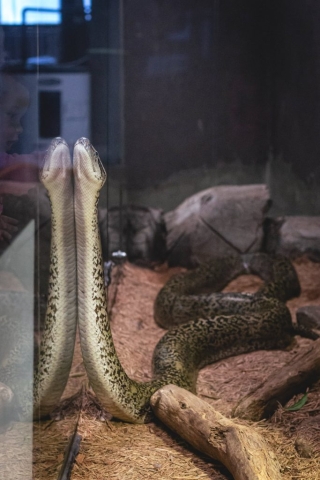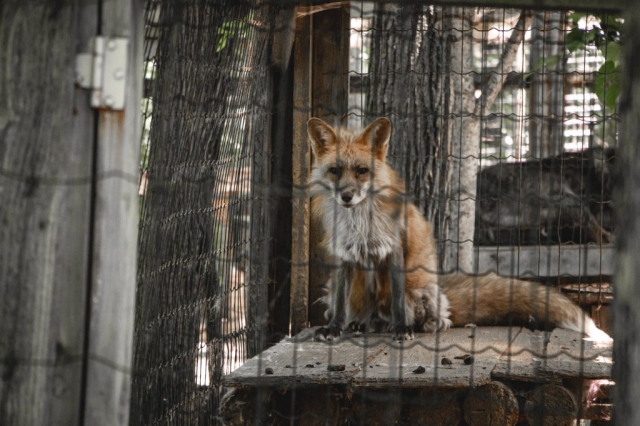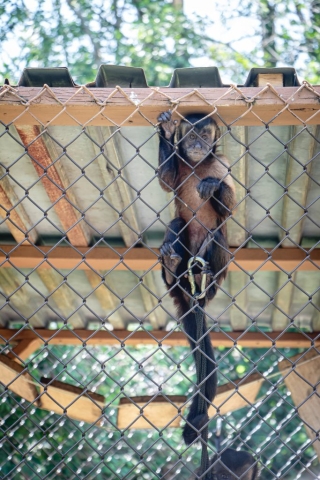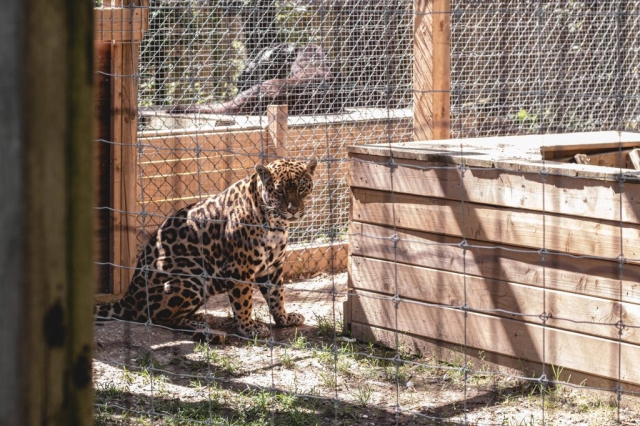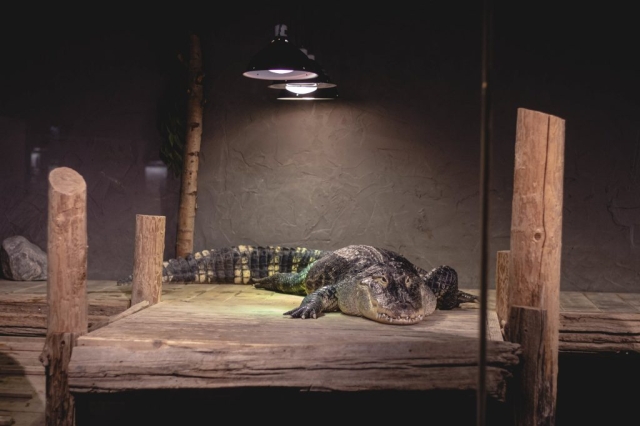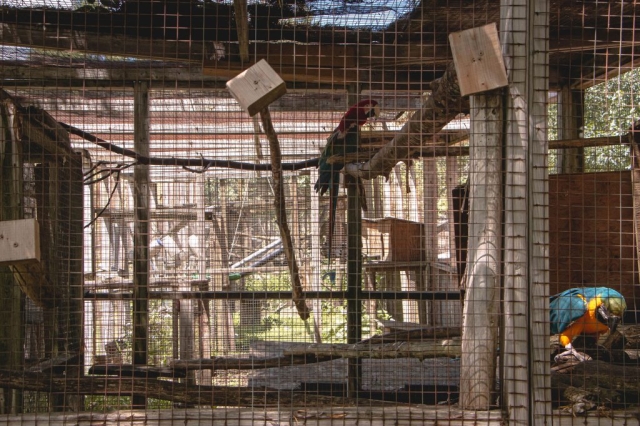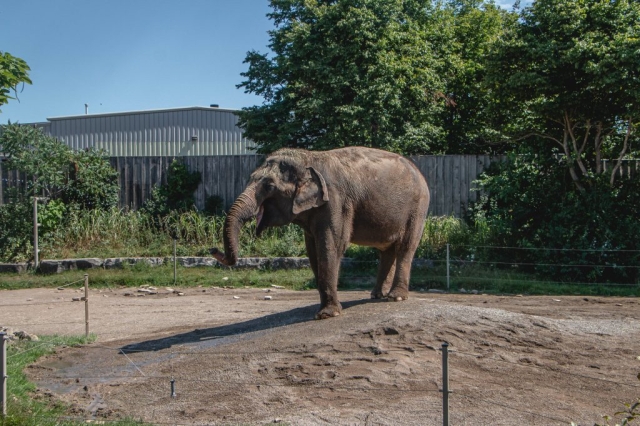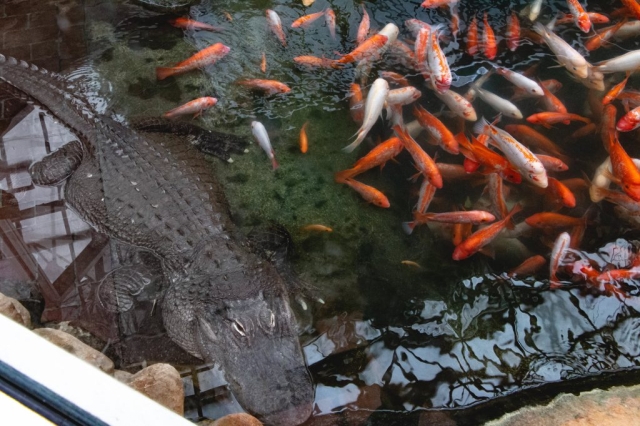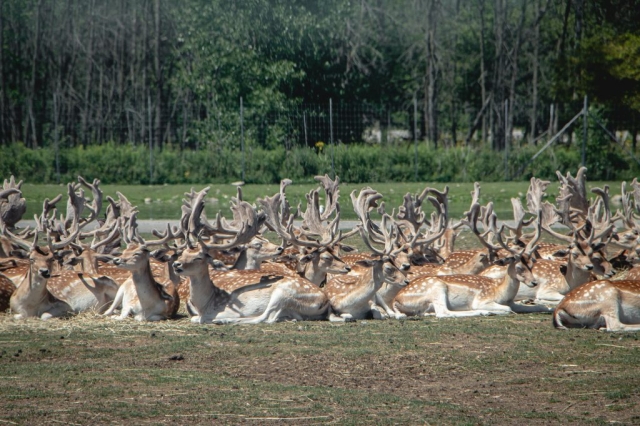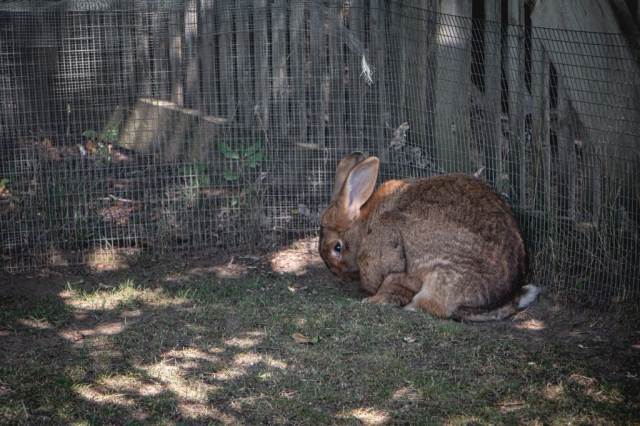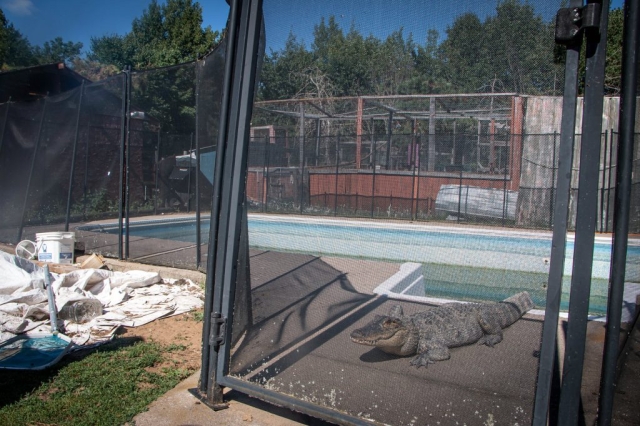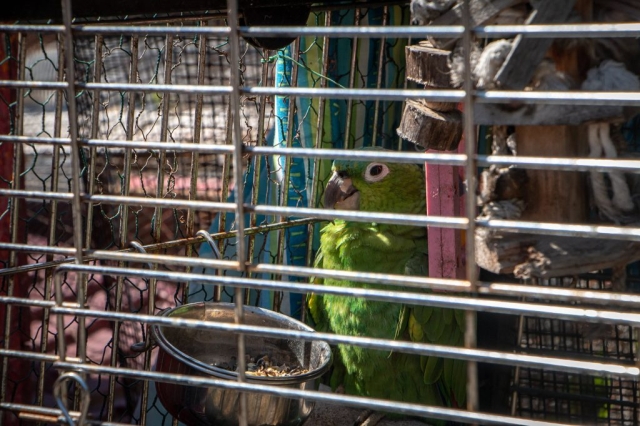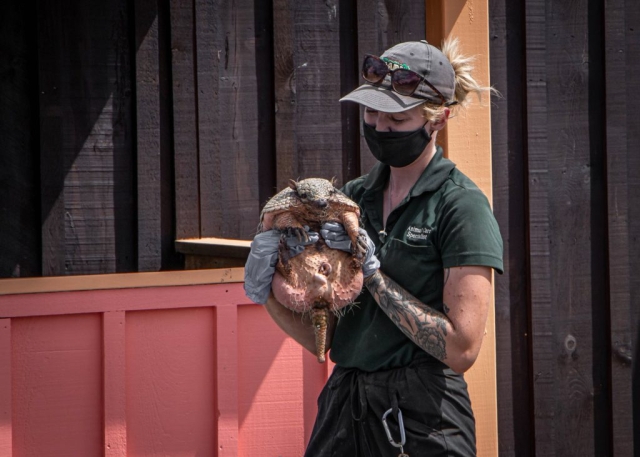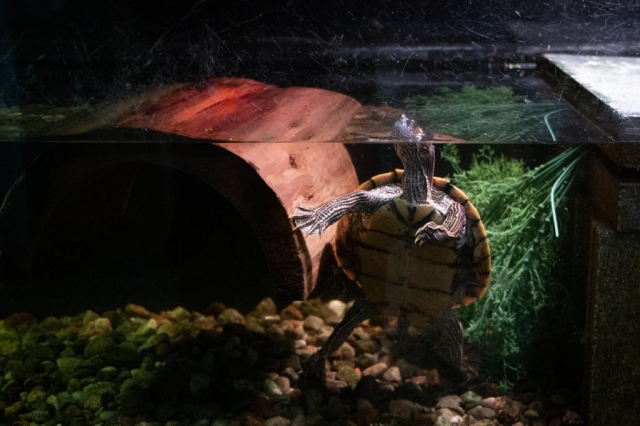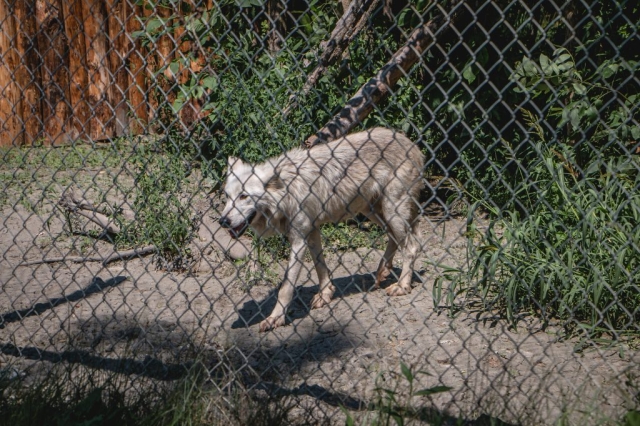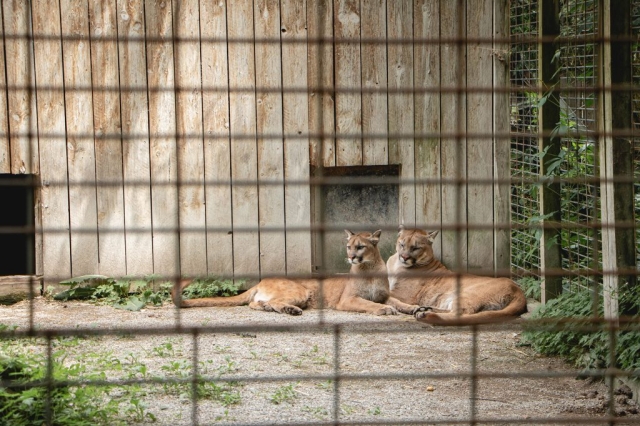Animal Justice is releasing the largest investigation of zoos that has ever been undertaken in Canada. We visited nearly every zoo in Ontario—the roadside zoo capital of the country. Our video footage reveals widespread suffering, injuries, death, and troubling threats to public safety.
Animals in Zoos Suffer Mental Anguish
Wild animals deserve to live free, but animals in zoos are confined to unnatural and stressful conditions behind bars. Being locked up in zoo enclosures often causes extreme psychological distress, which is made visible through unnatural, repetitive movements called stereotypies. Stereotypies can include pacing, rocking back and forth, and circling a cage. At nearly every facility we visited, we saw suffering animals exhibiting these behaviours.
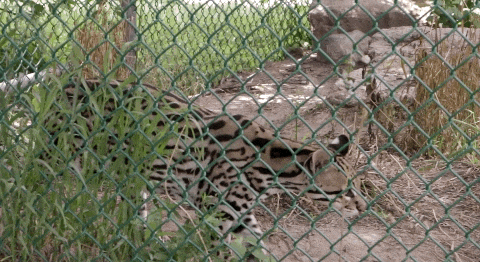

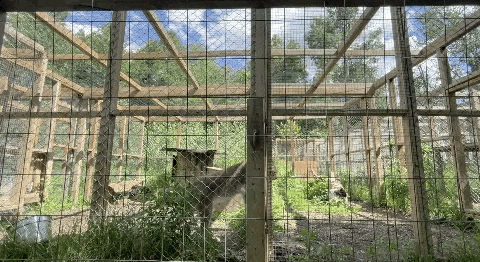

Big cats and other carnivores like wolves and bears often suffer due to lack of space. These creatures have vast ranges in the wild, but in zoos, they often pace back and forth listlessly, with little else to do.
Animals Dead or Injured
At Saunders Country Critters, we found a dead rabbit decomposing in a cage with other live rabbits. This went unnoticed by zoo staff—until we pointed out. Bears are solitary animals by nature, but at Marineland, we saw bears forced to live together in a barren pit. The bears had visible gashes on their faces, which employees admitted was due to fighting.
Zoos Pose Risk to Public Safety
At several zoos, we identified serious public safety risks, including cages that were dirty and in disrepair, cages with holes, and guests in close contact with animals. At Reptilia in Vaughan, we alerted staff that a door to a reptile cage was left open.
At Waddles & Wags, an employee described on camera how one of their tortoises escaped, and they only found out about it because a neighbour called it in.
At Elmvale Jungle Zoo, one baby lemur was easily able to squeeze through holes in the cage fencing.
And shockingly, at Bervie Zoo, one staff member gave a tour while holding a baby, and standing right next to a cranky lion.
Overall, many animals were kept in enclosures that weren’t sufficient to prevent escape, and some zoos failed to have perimeter fencing, putting the public at risk.
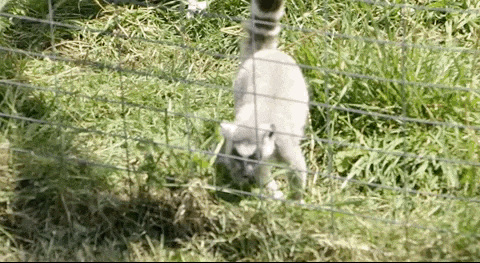
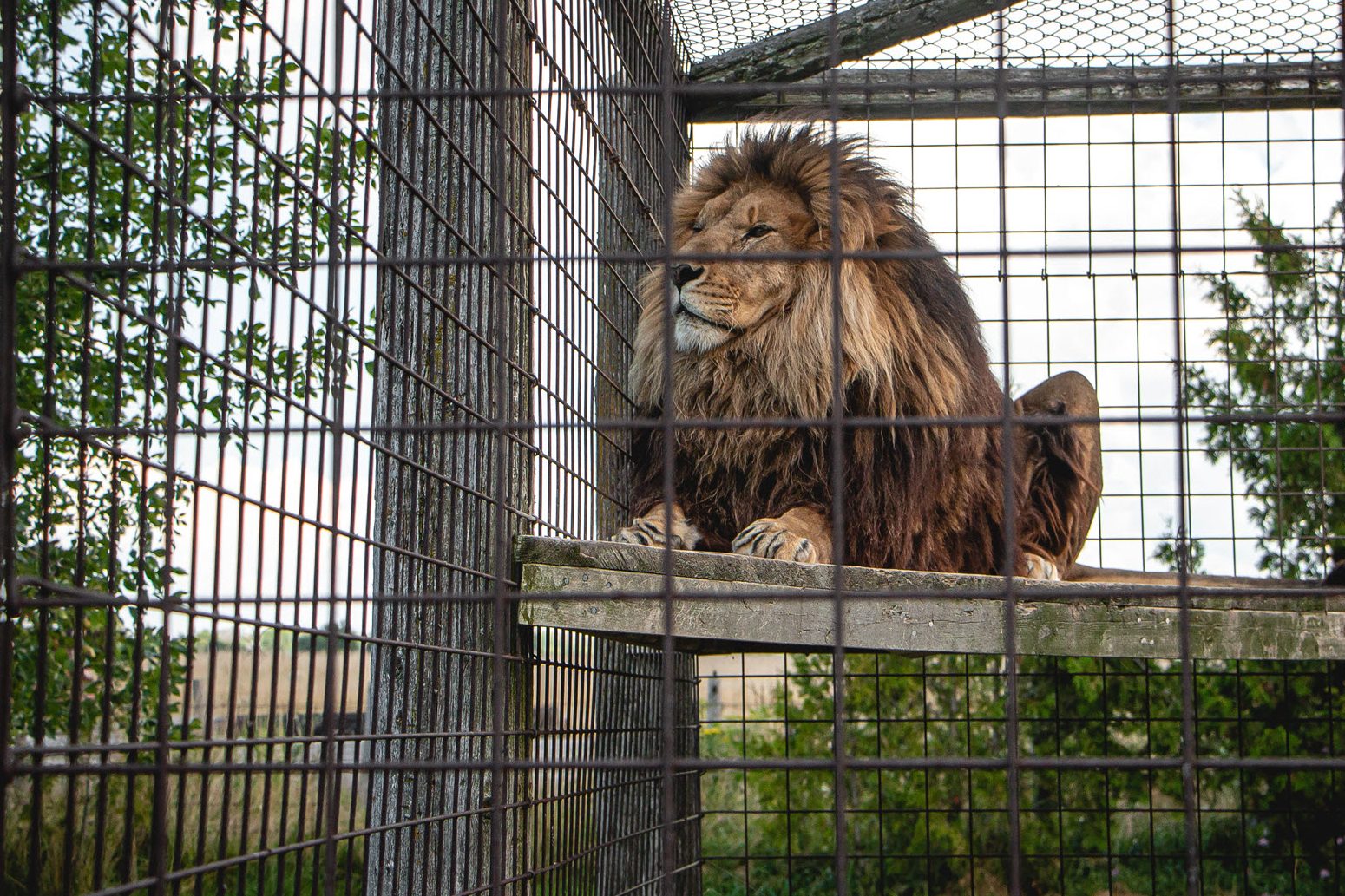
Small, Barren Enclosures
Many animals are kept in cages where they have little to do all day, or that are completely unsuited to their biological needs. For instance, we saw countless birds like parrots being kept inside cages where they weren’t free to fly more than a few metres at a time. For a flighted animal, this can be incredibly stressful.
Zoos often kept animals in unnatural social groupings, such as keeping a social animal like a monkey or crocodile all alone. Or a more solitary animals like a bear, kept in a large bear pit at Marineland with other bears.
And while animals are often outside in the summer, many animals are warehoused inside tiny sheds during cold-weather months, with even less space to move around, and less to do.
Lack of Legal Protections for Captive Wildlife
Zoos in Canada are poorly regulated, and there are no federal laws, or mandatory inspections to protect animals in zoos.
Ontario is easily the roadside zoo capital of Canada, and has many zoos with exceptionally poor standards. This is because the government has allowed these subpar facilities to flourish. In Ontario, you can’t build a patio in your backyard without a permit, but you can open a zoo imprisoning dangerous, exotic animals—all without a license, permit, or oversight. Laws are so weak in Ontario that authorities can’t even close down a zoo, no matter how badly the animals are suffering.
It’s no better at the federal level. There are no federal laws or regulations protecting animals from being kept or forced to perform in zoos in Canada. Similarly, there are few rules protecting animals from being bred in Canada and trafficked around the world to other zoos, or to exotic animal dealers. At African Lion Safari, an employee admitted on camera that their elephant breeding program doesn’t result in any elephants actually being returned to the wild. Instead, it’s well-known that African Lion Safari is the North American hub for elephant trafficking—splitting up elephant families by selling off these magnificent creatures.
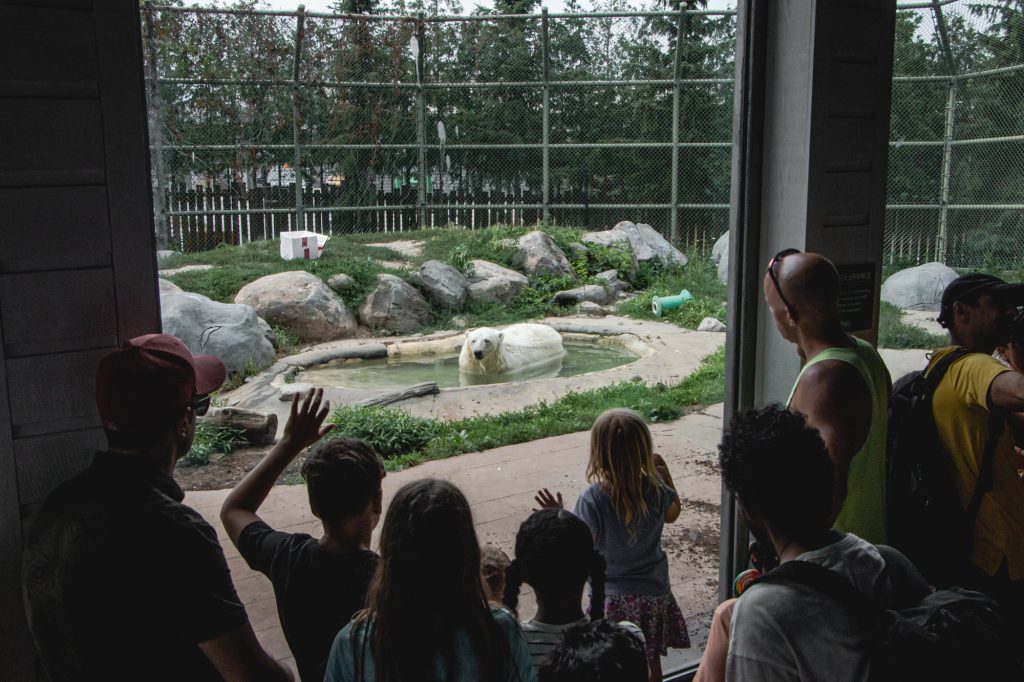
While Canadian zoos have been exposed for appalling conditions, governments and law enforcement authorities continually fail to act. Even in egregious cases of suffering, charges against zoos are rarely laid. For instance, an elephant named Lucy has been kept all by herself at the Edmonton Valley Zoo for well over a decade, suffering from serious health problems. It’s considered cruel to keep elephants alone, but authorities have never taken legal action against the zoo.
One of the most troubling zoos we visited, Waddles & Wags, even claimed that they “pass with flying colours” on their biannual inspections with Ontario animal welfare authorities.
Help Stop Zoo Cruelty
Public support for zoos is at an all-time low, because zoos can never meet the complex physical and emotional needs of wild animals. Take action now! Ask the province of Ontario to close roadside zoos and end the misery that so many animals endure.



